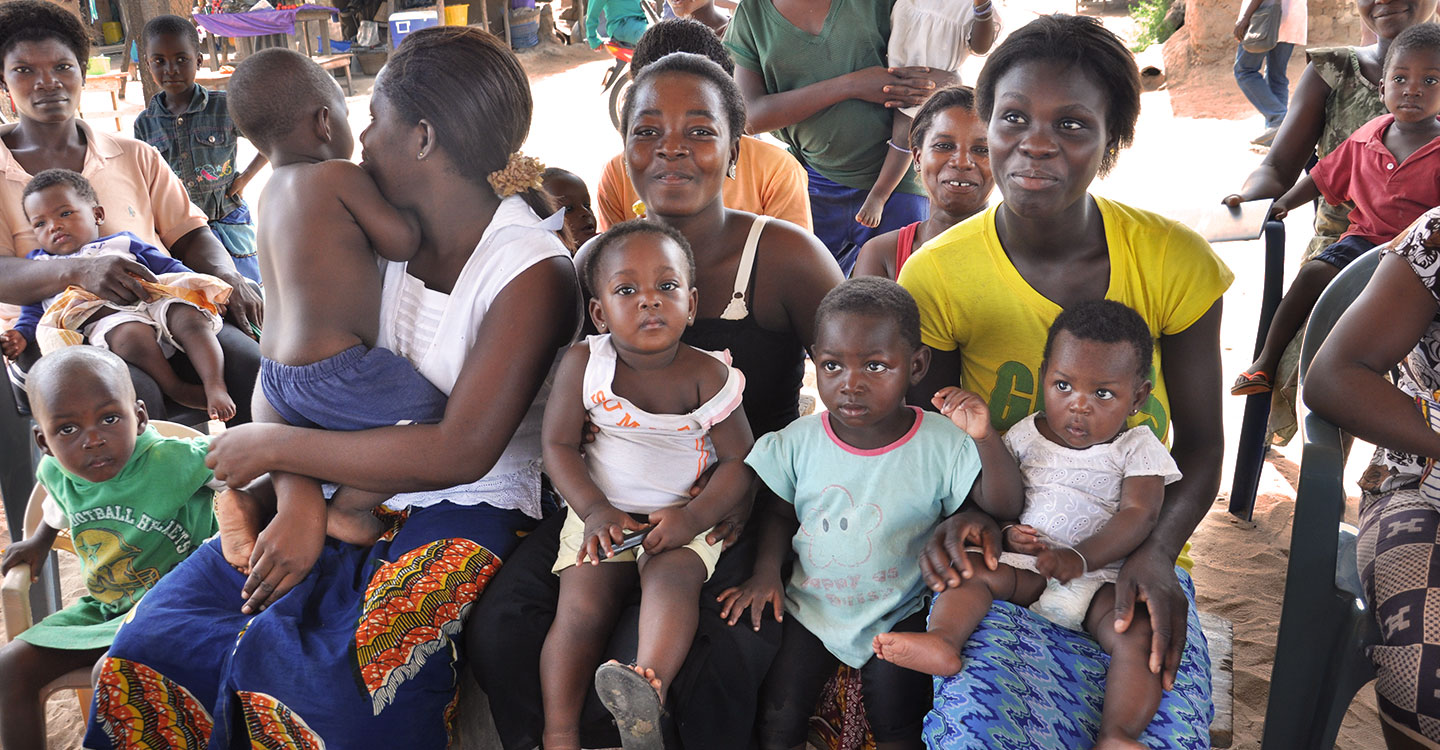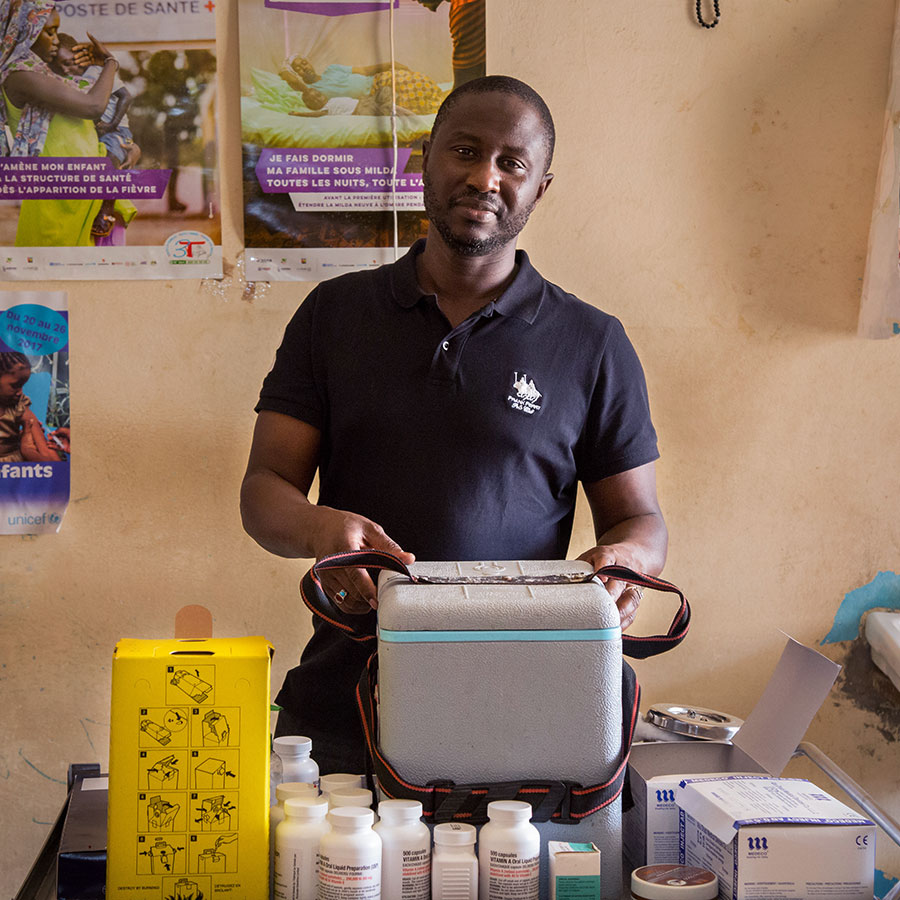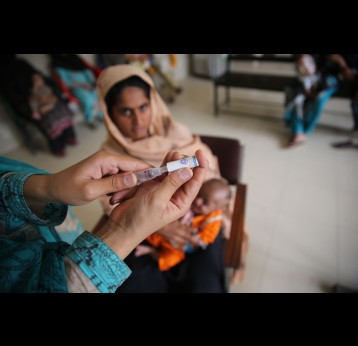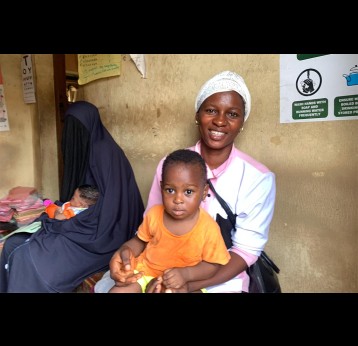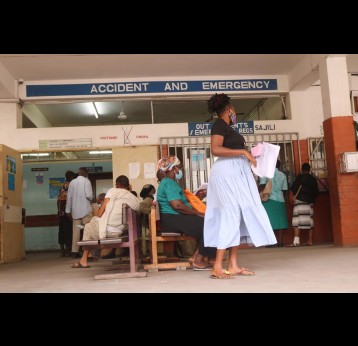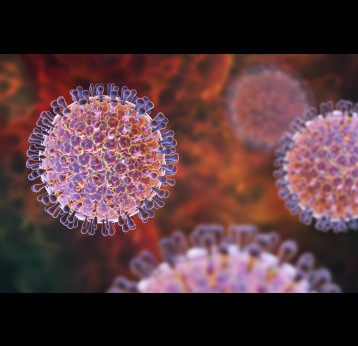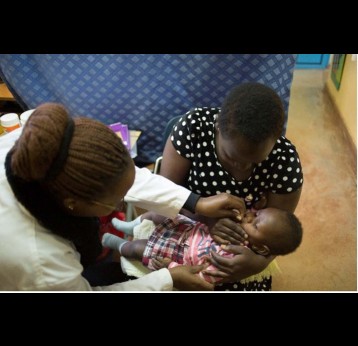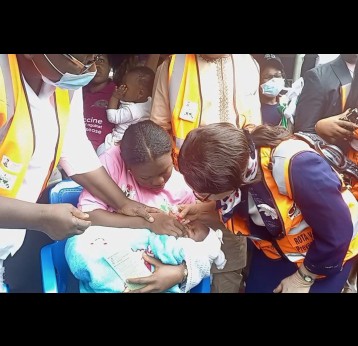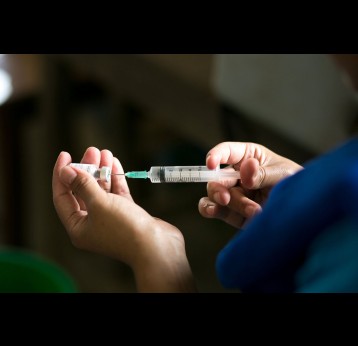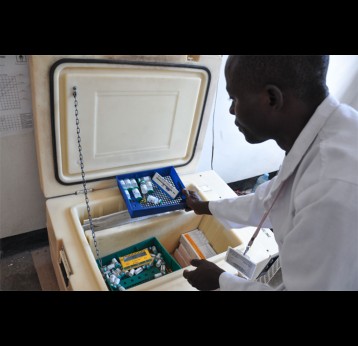DISEASE BURDEN
Rotavirus is a virus that can cause inflammation of the stomach and intestines. Symptoms include severe watery diarrhoea, often with vomiting, fever, and abdominal pain. Infants and young children are most likely to get rotavirus disease.
In serious cases, children risk dying from dehydration. More than 500,000 children under five years die from diarrhoeal disease each year.
Over 95%1 of rotavirus deaths are in low-income countries in Africa and Asia. In these countries, access to diarrhoea treatment is often limited or unavailable.
PREVENTION
Unlike other types of diarrhoea, improving hygiene does not prevent rotavirus infection. Also, antibiotics and other drugs cannot cure rotavirus.
Although it can be treated with proper healthcare, this is often lacking in low-income countries. As a result, vaccination is the best way to prevent rotavirus illness and death.
ROTAVIRUS VACCINES SAVE LIVES
WHO recommends that all countries introduce rotavirus vaccines in their national programmes.
This is particularly important in South and Southeast Asia and sub-Saharan Africa.
Recent studies show significant impact of rotavirus vaccines. Following introductions of the vaccine, diarrhoeal deaths in young children fell by 19–43% in Bolivia, 43–55% in Mexico and 57–64% in Venezuela.2
Increasing access to these vaccines in Gavi-supported countries can prevent more than 2.4 million deaths by 2030.3
SUPPLY CONSTRAINTS
Short-term supply constraints resulted in several rotavirus vaccine introductions being delayed in 2018. However, the Alliance has worked hard to address supply constraints and significant bottlenecks and managed to minimise the impact in countries’ ongoing routine programmes. We continue to closely monitor the supply situation.
In 2018, presentations from new vaccine manufacturers became available, helping to improve the resilience of the rotavirus market. This also resulted in the weighted average price of rotavirus vaccine falling by around 10% when two new suppliers entered the market.
1 Tate JE, Burton AH, Boschi-Pinto C, et. al. 2008 estimate of worldwide rotavirus-associated mortality in children younger than 5 years before the introduction of universal rotavirus vaccination programmes: a systematic review and meta-analysis. The Lancet Infectious Diseases. 2012;12(2):136–141.
2 The democratic virus and its major weakness – vaccines . PATH website. Available at: The democratic virus and its major weakness – vaccines. Accessed 29 September 2020.
3Vaccine, Volume 30, Supplement 1, 27 April 2012: ‘Rotavirus vaccines for children in low-income countries: Understanding the science, maximising the impact, and sustaining the effort’, Kathleen M. Neuzil, Umesh D. Parashar, A. Duncan Steele.


